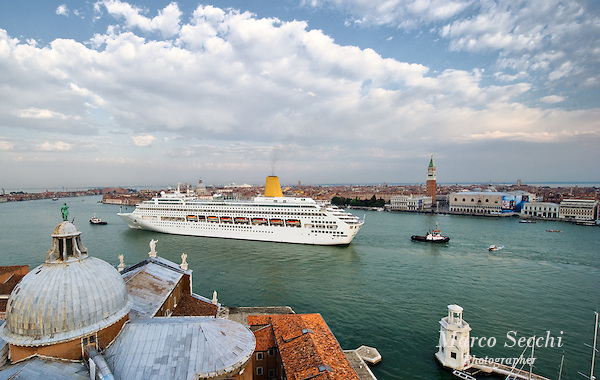A Venice tour has been a sought-after experience since the golden age of travel, when people set off on Grand Tours of the European continent. Its lasting allure is a testament to just how unique and unforgettable Venice is - as you look for a Venice tour to suit you, make sure it includes these elements:In addition to providing a deeper experience of the most famous sights, allows you to relax and enjoy your surroundings without the stress of needing to arrange all the varied elements of your trip. And in a city as labyrinthine as Venice, it can help to have a little added guidance so that exploring on your own is truly a pleasant experience. * Art. Venice is a work of art in its own right, but the visual delights ensconced within the city's many museums should not be missed. You'll find plenty of classical treasures, as in the collection at the palazzo Ca'Rezzonico, but the Venetian art scene is as welcoming to modernity as it is to classicism - as evidenced by the Venice Biennale festival. A Venice Tour allows you to see works that run the gamut of styles and periods in the famous Peggy Guggenheim collection.
* Art. Venice is a work of art in its own right, but the visual delights ensconced within the city's many museums should not be missed. You'll find plenty of classical treasures, as in the collection at the palazzo Ca'Rezzonico, but the Venetian art scene is as welcoming to modernity as it is to classicism - as evidenced by the Venice Biennale festival. A Venice Tour allows you to see works that run the gamut of styles and periods in the famous Peggy Guggenheim collection.
* Architecture. The fading grandeur of Venice's canal houses makes for an intriguing atmosphere everywhere you go in the city, but there are also some standout structures that shouldn't be missed. Perhaps foremost among them is the Basilica di San Marco, which is beautiful outside and nothing short of breathtaking inside. San Marco's glittering Byzantine mosaics bring Venice's history to life in stunning visuals. Also on the docket should be the legendary Bridge of Sighs and the marble halls of the Scuola Grand di San Rocco, decorated by one of Venice's most famous residents, Tintoretto.
* Wine. Italy and wine production are inextricably linked - and for good reason. On your Venice tour, you have a unique opportunity to taste the lighter side (in color, not taste) of Italy's wines. Tauck's Culturious experience takes you to visit makers of pinot grigio, Prosecco and grappa in the Veneto region, giving you insight into the cultivation, production and enjoyment of these white-grape-based beverages.
* Food. The food culture of Italy is incredibly varied and often fiercely regional. A well-planned Venice tour takes you to exceptional trattorias and cafes where the splendors of Venetian cuisine - particularly its seafood - are yours for the tasting. And don't miss the opportunity to stroll through the city's fresh food markets to see the quality and diversity of ingredients used in local dishes.
One of the Tour I recommend is here














